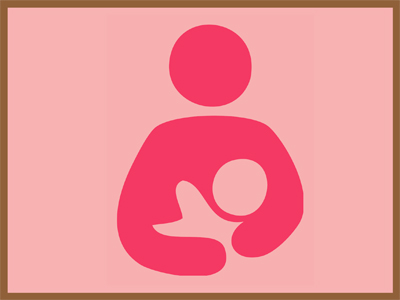
Hypertensive Disorders in Pregnancy - Management & Analysis
Management of hypertensive disorders in pregnancy (HDP) involves tailored approaches based on the type and severity of the condition. Chronic hypertension is managed with blood pressure control using medications like labetalol or nifedipine, alongside regular monitoring of maternal and fetal health, with postpartum care to assess long-term risks. Gestational hypertension requires careful monitoring for proteinuria and preeclampsia, with antihypertensive drugs used if blood pressure exceeds 160/110 mmHg, and delivery is often recommended at or after 37 weeks. Preeclampsia is managed with blood pressure control, magnesium sulfate for seizure prevention, and early delivery if severe, typically before 37 weeks. Eclampsia requires immediate seizure management with magnesium sulfate and urgent delivery after stabilization. Chronic hypertension with superimposed preeclampsia demands close monitoring for worsening symptoms and early delivery if necessary. General management includes antihypertensive medications to control blood pressure and magnesium sulfate to prevent seizures, along with regular fetal monitoring through ultrasounds and non-stress tests to assess fetal well-being. The timing of delivery is crucial and is determined by the balance of maternal and fetal health, often requiring early delivery in severe cases to prevent complications like stroke, preterm birth, or organ failure.

Hypertensive Disorders in Pregnancy - Classification & Diagnosis
Hypertensive disorders in pregnancy (HDP) include chronic hypertension, gestational hypertension, preeclampsia, eclampsia, and chronic hypertension with superimposed preeclampsia. Chronic hypertension is present before pregnancy or before 20 weeks of gestation, while gestational hypertension develops after 20 weeks without proteinuria. Preeclampsia, which presents with hypertension and proteinuria after 20 weeks, can have severe features like organ dysfunction. Eclampsia is characterized by seizures in the setting of preeclampsia. Diagnosis is based on blood pressure measurements (≥ 140/90 mmHg) and proteinuria (300 mg in 24 hours or a protein-to-creatinine ratio ≥ 0.3). Severe cases of hypertension (≥ 160/110 mmHg) require immediate attention. The presence of organ dysfunction or worsening hypertension in a patient with chronic hypertension indicates superimposed preeclampsia. Timely diagnosis and management are crucial to prevent complications like stroke, preterm birth, or maternal organ failure.

Women health
In Kerala the proportion of women is more than that of men in the population. The health care of women is very important with regard to the primary healthcare delivery system because it is the easily accessible and widely used one for a vast majority. The unit deals with various aspects of women health. It consists of the common health problems of women, perimenopausal health, the primary care level activities of our state in regard to women health, cancers in women, self and clinical breast examination, and treatment modalities of cancers, gender based and domestic violence, crisis management systems in the state and the social security programs devised for women.

Maternal care (preconception care and high-risk pregnancy)
This module explains preconception care, care at various natal stages, high-risk pregnancies, obstetrical complications, family planning, and MMR & IMR reduction.